From “grey growth” to “green growth”
After two years of implementing the circular economy project, Con Dao is proving that choosing a “green economy” is not only an environmental commitment but has become a long-term development direction, bringing clear effects to people’s lives and the sustainability of this place.
Strong changes in waste management, plastic-reducing tourism and changing community behavior are creating the premise for Con Dao to enter a new stage of development, modern but still preserving its natural and cultural values.

Con Dao Passenger Port. (Photo: Manh Cuong)
In March 2023, the project "Research and application of the circular economic model to serve the sustainable socio-economic development of Con Dao in the period of 2022 - 2025, with a vision to 2030" was approved. By October of the same year, the project officially began implementation, opening up a completely different development orientation for the remote island special zone.
From traditional management thinking, focusing on resource exploitation and environmental consequences handling - Con Dao begins to approach a new model: Using resources in a closed life cycle, minimizing waste, optimizing recycling and aiming for balanced development.
The special point of the project lies not only in the technical solutions but also in the change in the awareness foundation, from the management agency to each household and business. When the circular economy is included in the development strategy, every small action in life, such as sorting waste at the source or reducing the use of plastic bags, has become a link in the overall operating system, contributing to solving the biggest challenge of Con Dao - environmental pressure.
Although only implemented for more than two years, the circular economic model in Con Dao has brought positive results, demonstrated by clear figures.
Plastic waste, the most harmful waste to marine ecosystems, has decreased by about 40%. This is a rare reduction for a locality with strong tourism development, welcoming hundreds of thousands of visitors each year. Household waste has also decreased by 9%, while waste from hotels and motels has decreased by 18% thanks to programs to reduce plastic in tourism and classify at source.
The most dramatic change comes from the small traders - a group that has been difficult to change due to their small business habits. By the end of October 2025, 95% of the traders in the A4 night market and more than 70% in Con Dao market no longer use plastic bags or disposable plastic products.
Paper bags, cornstarch bags, biodegradable containers, and recycled products have been widely used. This is an important step because markets are the largest producers of plastic waste every day.
At the same time, 100% of tourism and travel establishments have practiced reducing plastic and sorting waste at the source. Visitors to Con Dao not only experience nature but also “experience a green lifestyle”, as many hotels do not provide plastic water bottles, use reusable utensils and encourage guests to limit waste.
The numbers show that the circular economy is more than just a slogan. It works, it spreads, and it creates real change.
Building a sustainable development foundation for Con Dao
Con Dao is a special space, both a special national monument and an archipelago with a rare marine ecosystem. Economic development must always go hand in hand with resource conservation, minimizing environmental impacts. The circular economy project is being implemented to simultaneously solve two important problems: Reducing the pressure of waste and energy and creating a new development pillar for the economy.

The amount of plastic waste - the most harmful type of waste to the marine ecosystem in Con Dao - has decreased by about 40%.
The overall objective of the project is to build an institutional, infrastructure and social resource foundation towards a “green economy”. When waste is treated effectively, resources are regenerated, operating costs are reduced and environmental quality is improved, key economic sectors such as tourism, services, logistics and seafood fishing and processing will have better competitive conditions.
In particular, Con Dao is aiming to develop high-end tourism, attracting groups of guests with environmental awareness. A green, friendly, civilized tourist destination will create a great advantage in the context of international tourists increasingly prioritizing sustainable destinations.
The success of the circular economy in Con Dao stems from the participation of the community. Many movements are maintained weekly and monthly, forming a chain of persistent and continuous actions.
The Green - Clean - Beautiful Saturday movement has become a habit of residential areas, offices and businesses. There is no longer trash on the sidewalk or plastic items thrown away haphazardly, streets, beaches and residential areas are cleaned regularly.
The program “Exchanging plastic waste for gifts” and “Green House” collecting plastic waste have created a strong motivation for people to sort their waste. Recycling advertising banners into bags not only helps reduce waste but also creates unique souvenirs for tourism.
The garbage dumps in residential areas are removed and replaced with medicinal herb gardens, both creating a landscape and serving the community’s health. Organic waste is also processed right at households or residential areas to create fertilizer, limiting the transportation of waste to landfills.
Activities to protect the sea, the resources and the identity of Con Dao are focused. Coral restoration, biodiversity protection, coastal waste management or the transition to green transport demonstrate a comprehensive approach to preserving the natural environment.
Plastic-free tourism becomes a “new feature” of Con Dao
In two years, the plastic-reducing tourism model has moved from advocacy to mandatory practice for all businesses. 100% of accommodation, travel, and tourism transportation establishments have participated synchronously: not using plastic straws, limiting plastic water bottles, and replacing disposable personal hygiene products with reusable or environmentally friendly products.
At relic sites such as Hang Duong Cemetery, the “No plastic waste” model is seriously implemented. Visitors are advised not to bring plastic items, and youth forces, militia and local organizations are on duty to guide. The “Say no to burning votive offerings” model has also been maintained for many years, helping to significantly reduce smoke emissions and burning garbage, keeping the solemnity of the memorial space.

Tourists join in picking up trash at Hon Bay Canh. (Photo: Nguyen Minh)
Green tourism is not only an environmental solution but is becoming a brand of Con Dao. Many tourists appreciate the meticulousness and determination of the locality, creating a different impression compared to many other island destinations.
From the initial changes, Con Dao is gradually forming a relatively complete circular economic ecosystem. Waste is classified and recycled; tourism operates in the direction of reducing emissions; the community practices a green lifestyle; businesses commit to environmental responsibility; management agencies develop transparent and consistent regulations.
As this foundation continues to be consolidated, Con Dao will be in a better position to achieve larger goals in the period after 2025, especially towards 2030: Developing high-quality economy, upgrading infrastructure according to sustainable standards, promoting green energy transition and expanding low-emission economic models.
Circular economy is not an easy path for a specific locality like Con Dao, where all economic activities are affected by weather, high transportation costs, and limited human resources. However, the results after two years show that this direction is not only correct but also brings about results beyond expectations.
Hoang Tho


![[Photo] General Secretary To Lam and National Assembly Chairman Tran Thanh Man attend the 80th Anniversary of the Traditional Day of the Vietnamese Inspection Sector](https://vphoto.vietnam.vn/thumb/1200x675/vietnam/resource/IMAGE/2025/11/17/1763356362984_a2-bnd-7940-3561-jpg.webp)









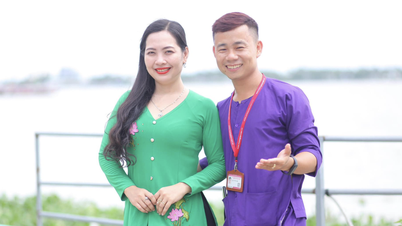

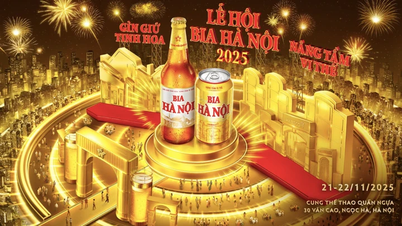
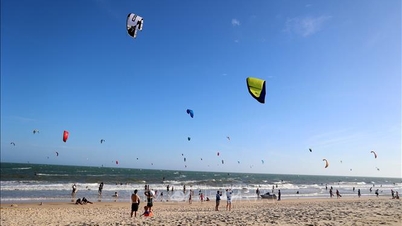

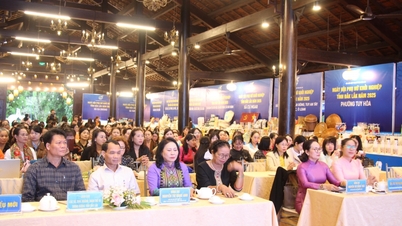










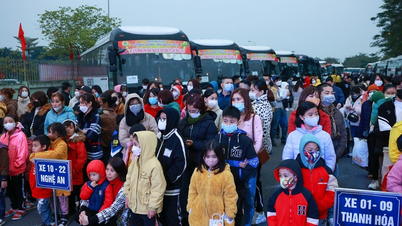





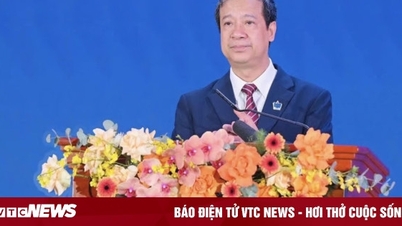

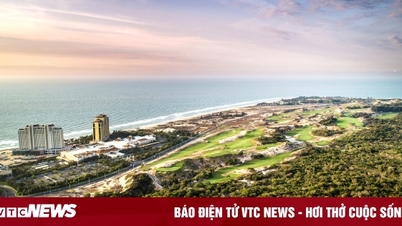

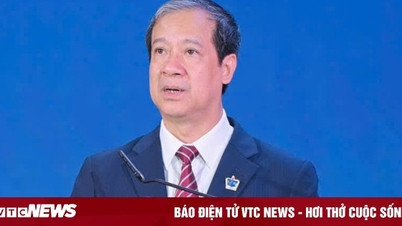














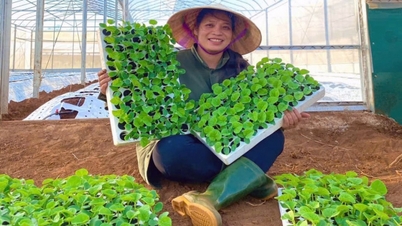





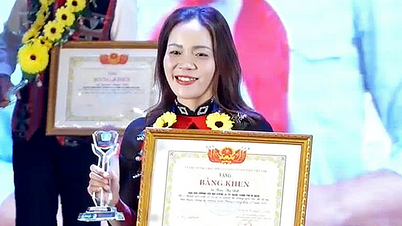
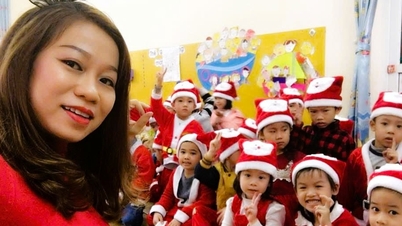




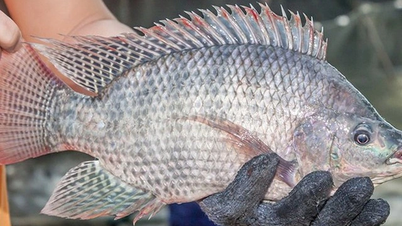




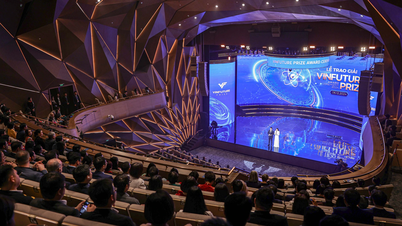







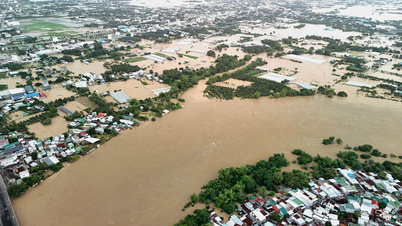
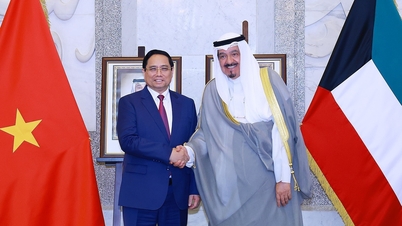














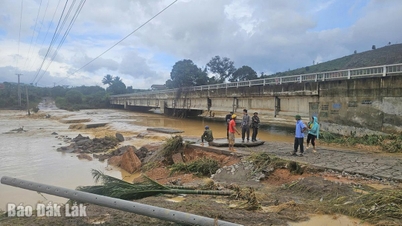


















Comment (0)